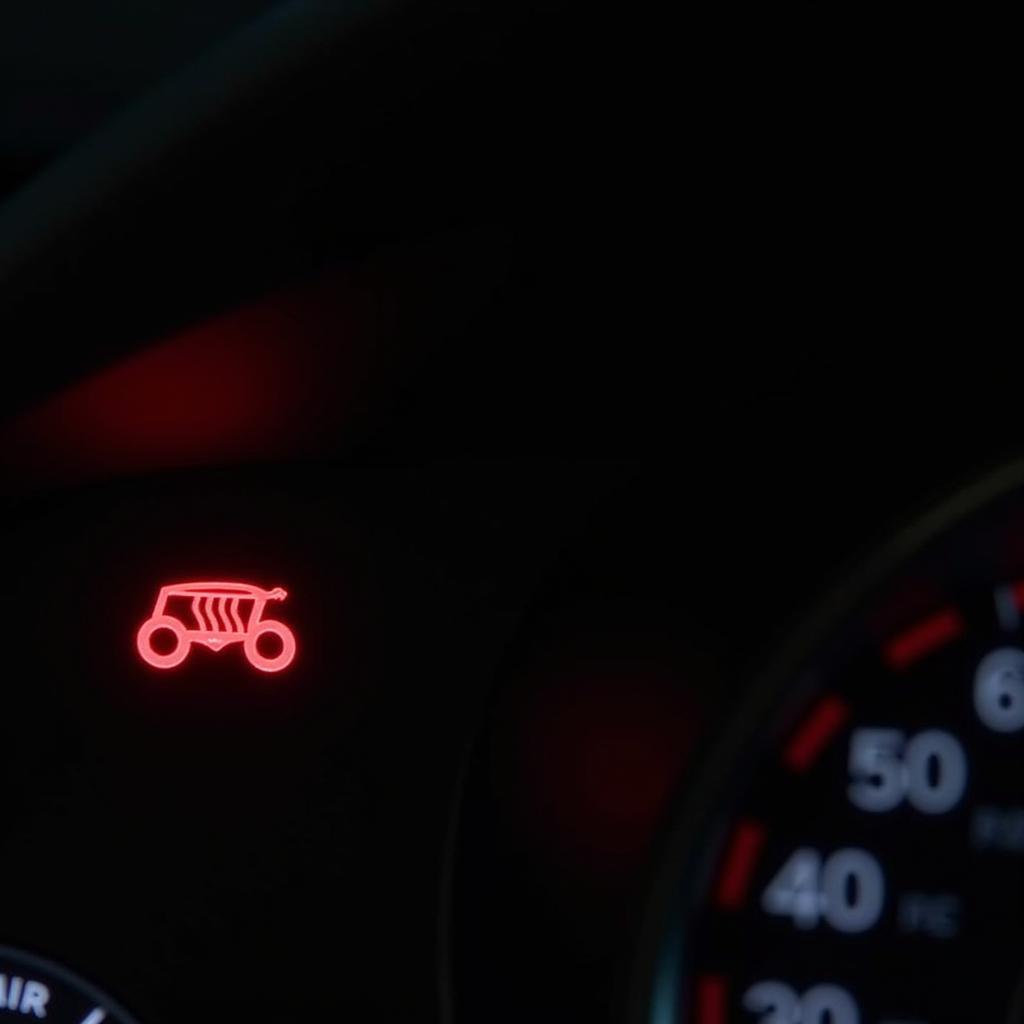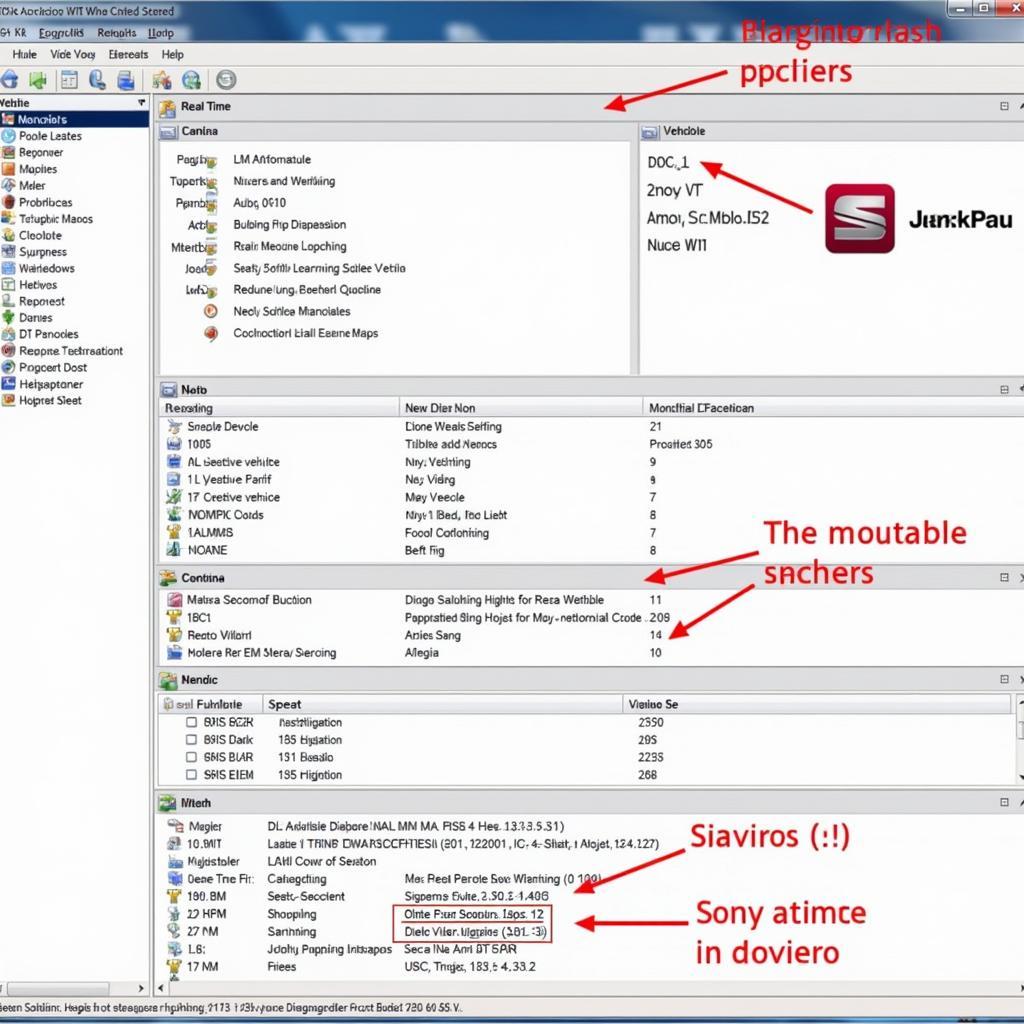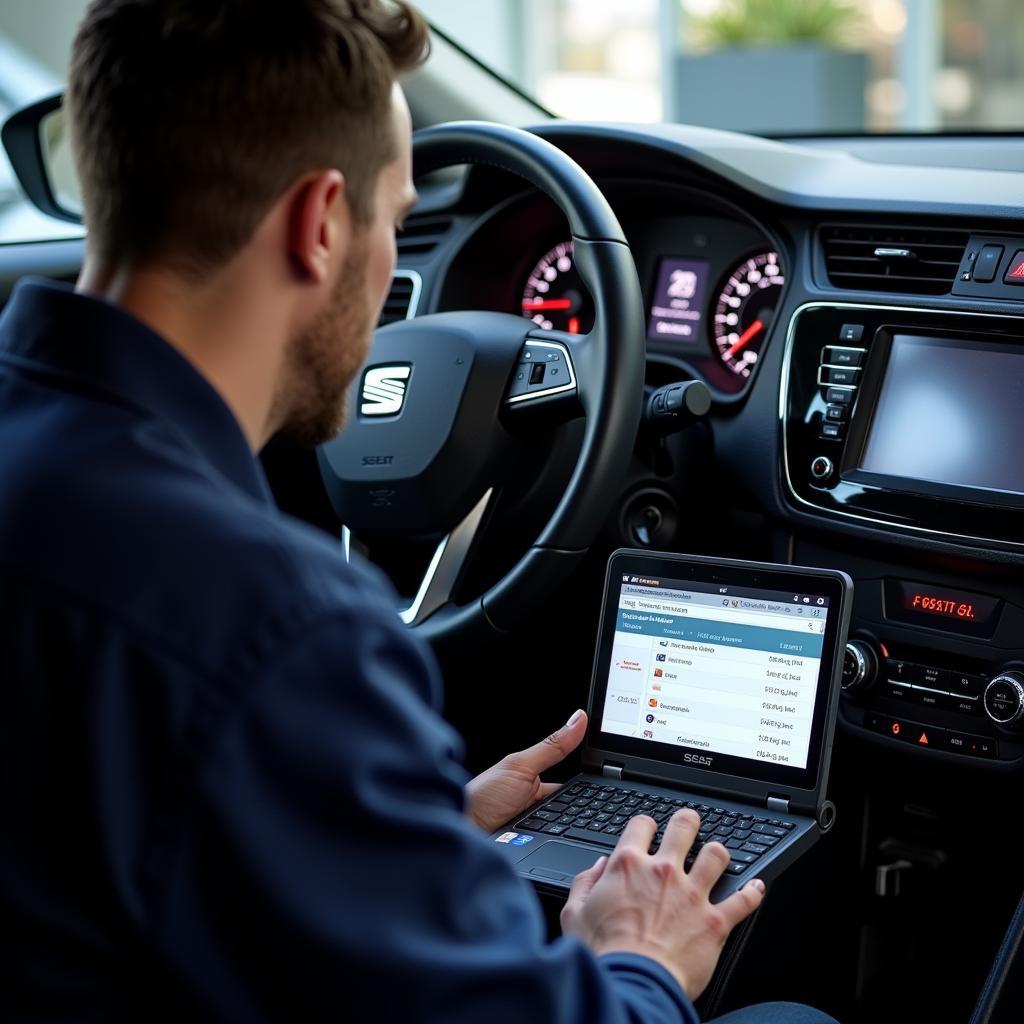Understanding your Seat’s warning lights is crucial for safe and efficient driving. These illuminated symbols on your dashboard communicate vital information about your car’s systems, from minor issues to critical malfunctions. This guide will provide a detailed explanation of common Seat warning lights, empowering you to diagnose potential problems and take appropriate action.
Did you know that ignoring a seemingly minor warning light can lead to costly repairs down the line? For Seat Leon owners, we’ve compiled a comprehensive guide on Seat Leon warning lights explained. Check it out to keep your Leon in top shape.
Decoding the Colors: Understanding Warning Light Urgency
Seat warning lights are categorized by color, indicating the level of urgency:
- Red: Indicates a serious issue requiring immediate attention. Stop driving as soon as safely possible and consult a professional.
- Amber/Orange: Signals a potential problem or the need for maintenance. Address the issue soon to prevent further damage. For older models, like the Seat Ibiza 2004, understanding the dashboard warning lights is especially important as wear and tear can lead to various issues.
- Green/Blue: Indicates a system is active and functioning correctly, such as headlights or cruise control.
Common Seat Warning Lights and Their Meanings
Here’s a breakdown of some frequently encountered Seat warning lights:
- Engine Management Light (Amber/Red): This can indicate anything from a loose gas cap to a serious engine problem.
- Brake Warning Light (Red): This light signifies a critical issue with your braking system. Stop immediately and seek assistance.
- Airbag Warning Light (Amber/Red): A problem with the airbag system, requiring immediate inspection.
- ABS Warning Light (Amber/Red): The Anti-lock Braking System (ABS) is malfunctioning. While you can still brake, ABS functionality is disabled.
- Tire Pressure Monitoring System (TPMS) Light (Amber): One or more tires are underinflated. Check and inflate your tires to the recommended pressure.
- Coolant Temperature Warning Light (Red): The engine is overheating. Pull over immediately to avoid engine damage.
- Battery Charge Warning Light (Red): The car’s charging system is malfunctioning. The battery isn’t being charged properly.
 Brake System Warning Light in a Seat
Brake System Warning Light in a Seat
Having a reliable resource to consult when these lights appear is essential. You can find detailed information on Seat Leon FR dashboard warning lights on our dedicated page.
Diagnosing Warning Lights with Remote Software
Modern technology allows for remote diagnostics and software updates to address certain warning light issues. Through specialized software, technicians can access your car’s systems remotely, identify problems, and even install software updates to rectify the issue. This eliminates the need for a physical visit to the workshop in many cases, saving you time and potentially money.
- Benefits of Remote Diagnostics and Programming:
- Faster diagnosis and repairs.
- Convenience of having issues addressed remotely.
- Potential cost savings compared to traditional repairs.
“Remote diagnostics is revolutionizing the automotive repair industry,” says John Miller, Senior Automotive Diagnostics Engineer at CARDIAGTECH. “It allows us to quickly pinpoint problems and implement solutions, minimizing downtime for our customers.”
 Remote Diagnostics Software for Seat Vehicles
Remote Diagnostics Software for Seat Vehicles
For specific model year information, you can find details on Seat Leon 2011 warning lights on our dedicated page. Understanding the specific warning lights for your car model is crucial for effective diagnosis.
What to Do When a Warning Light Appears
- Consult Your Owner’s Manual: The owner’s manual provides detailed explanations of each warning light.
- Use a Diagnostic Tool (OBD-II Scanner): An OBD-II scanner can provide specific error codes, helping pinpoint the issue.
- Seek Professional Help: If the warning light is red or you’re unsure about the problem, consult a qualified technician.
“Regularly checking your dashboard for warning lights is a simple yet crucial step in maintaining your vehicle’s health,” advises Sarah Johnson, Lead Technician at AutoTech Solutions. “Early detection and prompt action can prevent minor issues from escalating into major problems.”
 Mechanic Diagnosing a Warning Light on a Seat
Mechanic Diagnosing a Warning Light on a Seat
Conclusion
Understanding your Seat’s warning lights explained is essential for responsible car ownership. By recognizing the meaning of these lights and taking appropriate action, you can ensure your safety and prolong the life of your vehicle. Don’t ignore these vital communication signals from your car. A proactive approach to car maintenance can save you money and hassle in the long run. For a comprehensive overview of Seat warning lights, visit our explained seat warning lights page.
FAQ
- What should I do if multiple warning lights illuminate simultaneously? Consult a mechanic immediately as this can indicate a serious underlying issue.
- Can I reset warning lights myself? While you can sometimes reset warning lights with an OBD-II scanner, addressing the underlying problem is crucial.
- Are all red warning lights critical? Yes, red warning lights indicate immediate danger and require immediate attention.
- Why is my check engine light on even after tightening the gas cap? There might be a more serious engine issue causing the light to stay on.
- Do all Seat models have the same warning lights? While many warning lights are standardized, some may be model-specific. Consult your owner’s manual.
- Can remote diagnostics fix all warning light issues? Not all issues can be fixed remotely, but many software-related problems can be addressed.
- How often should I check my dashboard for warning lights? It’s a good practice to check your dashboard every time you start your car.
